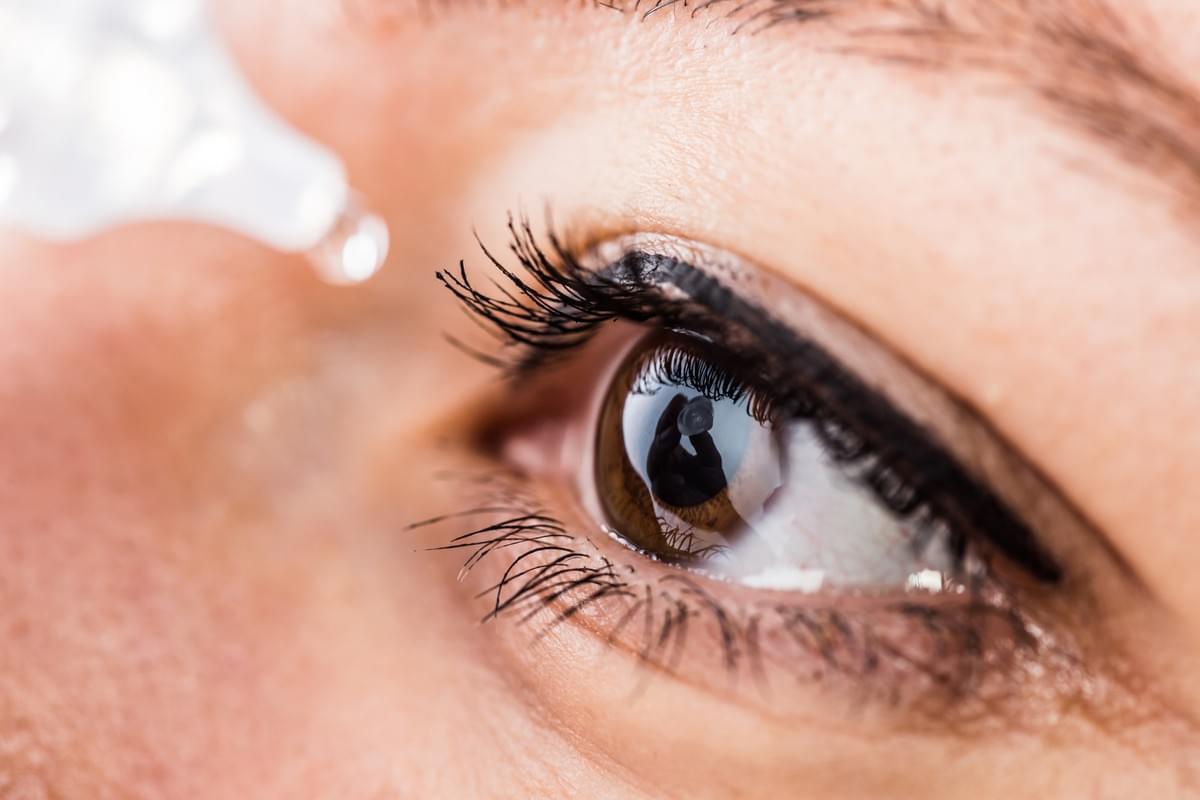
The main goals of dry eye disease treatment are to treat the causes of the condition and reduce inflammation. Currently, there are a number of different options for treating this problem. Among the most common are topical medications like artificial teardrops and ointments. More advanced treatments involve the use of surgical methods like corneal transplants. Regenerative medicine is an exciting area of study for this disease, which holds many possibilities for the future.Drugs that decrease the production of tears are often prescribed to help treat dry eye disease. These medicines typically include antibiotics that are taken orally. Therefore, click to learn about Dry Eye Disease here.
Some are eyedrops. Other medications may include immune-suppressing drugs or corticosteroids. These drugs are often prescribed for short periods of time and can have unpleasant side effects. However, many people find relief from dry eye symptoms by using these treatments. In addition to taking anti-inflammatory medications, cyclosporine A drops are also often recommended.Besides taking eye drops, another option for dry eye disease treatment involves surgically closing the ducts that drain tears into the nose. This procedure is done on an outpatient basis, and patients are advised to use cyclosporine A drops for 6 months before the procedure.
These medications can also help reduce the symptoms of epiphora. In addition, the surgery may also eliminate the need for prescription eyedrops. During the first phase, patients should wear eye makeup or contact lenses.In addition to medications, doctors may recommend an alternative treatment approach. A combination of both prescription eyedrops and ointments can be used to treat dry eye. The most popular method is a combination of prescription and over-the-counter products. For more intensive treatments, patients can undergo a surgical procedure. While this is not a permanent solution, it is a good way to improve vision. So, when you're thinking about dry eye disease treatment, consider all of your options. It will be easier to find the best treatment for you. Check out here for more details about the best dry eye disease specialist.While many of the treatments for dry eye disease focus on the symptoms, the treatment of dry eye disease is also a lifestyle and environmental change. A doctor may prescribe cyclosporine A drops to prevent the tears from running down the face. Moreover, a patient may need to consult a specialist for proper diagnosis. The most important thing is that a doctor diagnoses the exact cause of dry eye and recommends a suitable treatment. In addition to regular visits with a family physician, patients can also visit an eye specialist. The appointment can be very brief and can help you identify the best treatment for dry eyes. A list of the symptoms and the other essential information you'd like to discuss with your doctor will help you decide which type of treatment to choose. If your symptoms improve on their own, don't give up. It's better to get a dry eye disease treatment than to suffer in silence. For more information, check out this related post: https://en.wikipedia.org/wiki/Meibomian_gland_dysfunction.